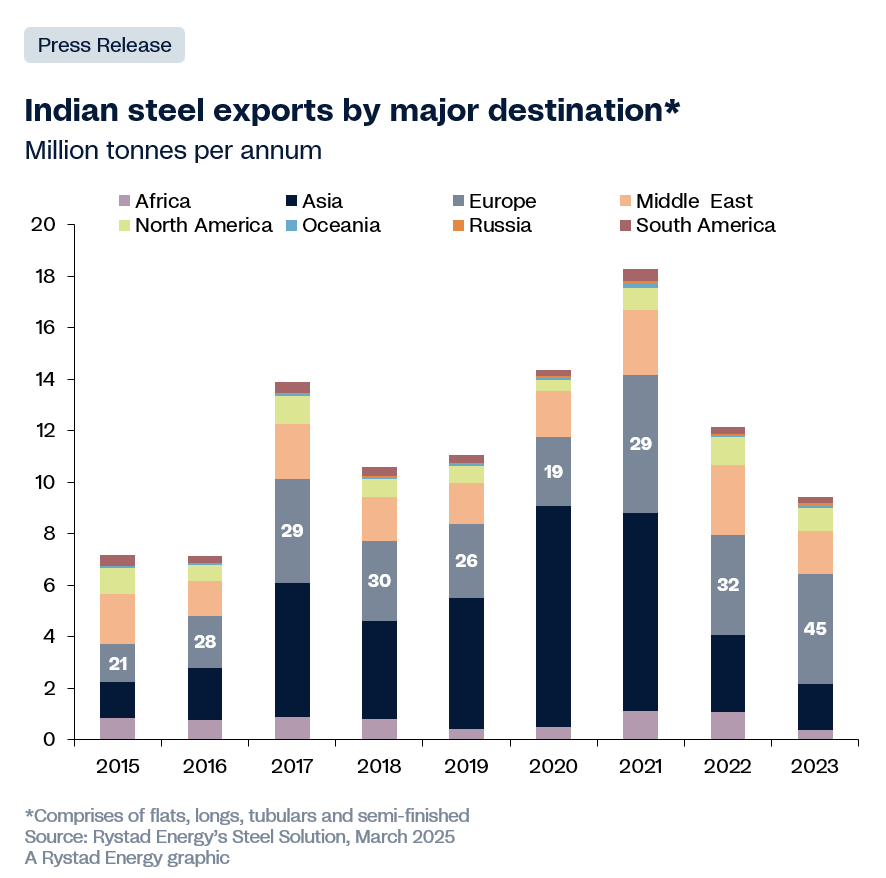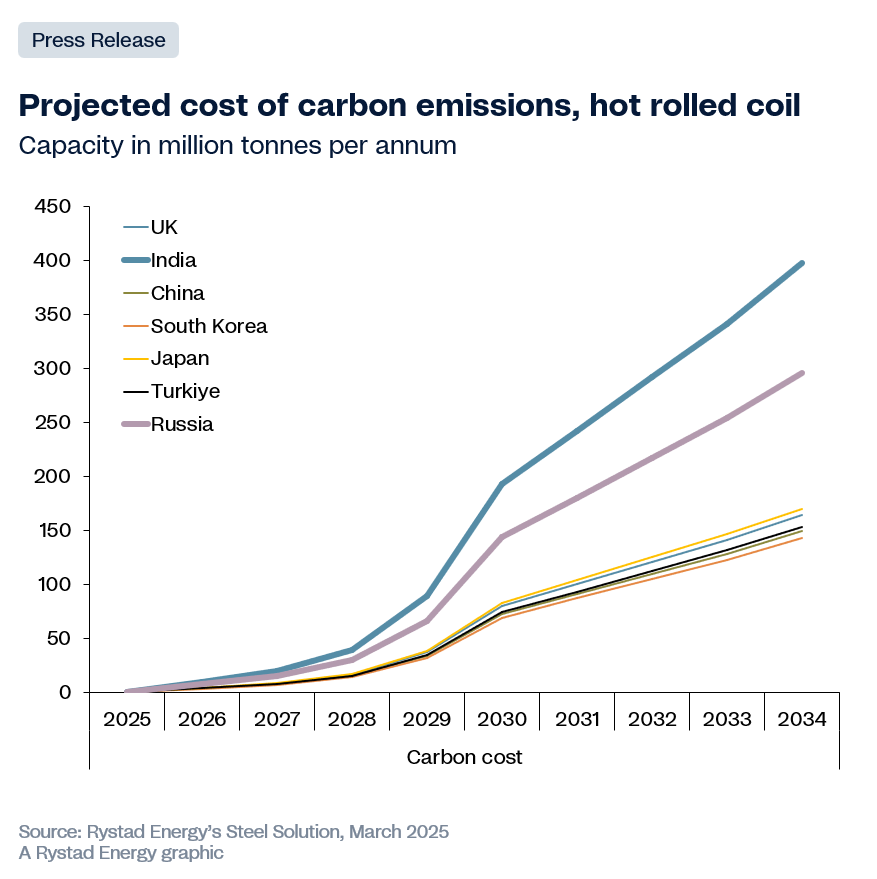CAPITAL STRIKE
UK Tax Reforms Prompt Billionaire Mittal to Consider UAE Move
- Steel billionaire Lakshmi Mittal is set to leave the UK after nearly 30 years due to the government's crackdown on non-domiciled residents and changes to tax rules.\
- Mittal, the executive chair of ArcelorMittal, is considering relocating to more tax-friendly destinations such as the United Arab Emirates, Italy, or Switzerland.
- The UK's changes to non-domicile tax rules, including the removal of offshore trusts for inheritance tax, have led to concerns about an exodus of wealthy individuals from the country.Steel billionaire Lakshmi Mittal is set to leave the UK, as a direct result of a government crackdown on non-domiciled residents, in favour of more tax-friendly destinations such as the United Arab Emirates, Italy and Switzerland, the FT has reported.
The businessman, a former Blair-era Labour donor and Sunday Times Rich List number seven, is set to leave the UK after nearly 30 years.
The Indian entrepreneur owns a number of properties in the UK, including a mansion in Kensington Palace Gardens which he bought from Bernie Eccleston in 2004 for £67m – then the world’s most expensive home.
Mittal was chief executive of ArcelorMittal until four years ago, when he stepped down in favour of his son Aditya Mittal.
He remains executive chair of the group – a 2006 merger of Mittal Steel and European steel giant Arcelor – and his family retain a 40 per cent stake in the firm.
ArcelorMittal’s business lines span from steel production to wire products, logistics and shipping.
Ahead of the October Budget, the firm threatened to leave the UK, warning the new government’s industrial strategy must do more to protect the steel industry’s supply chain.
Non-doms were previously able to avoid paying UK taxes on income from overseas.
Rule changes were first introduced by former Chancellor Jeremy Hunt back at the March 2024 Budget – in part, as a political manoeuvre to outflank an existing Labour policy commitment – and will take effect on 6 April.
Rachel Reeves has since recommitted to the plans, and has pulled the plug on offshore trusts as a workaround for inheritance tax.
Rachel Reeves has since made some concessions back in January in an attempt to stem the exodus of the super rich from the UK, introducing a new residence-based scheme to offer some tax incentives for international investors.
The Temporary Repatriation Facility – the new scheme – is by its nature limited by a transition period, and has a significantly shorter sunset period than the outgoing non-dom tax arrangement.
By City AM

.jpg)

